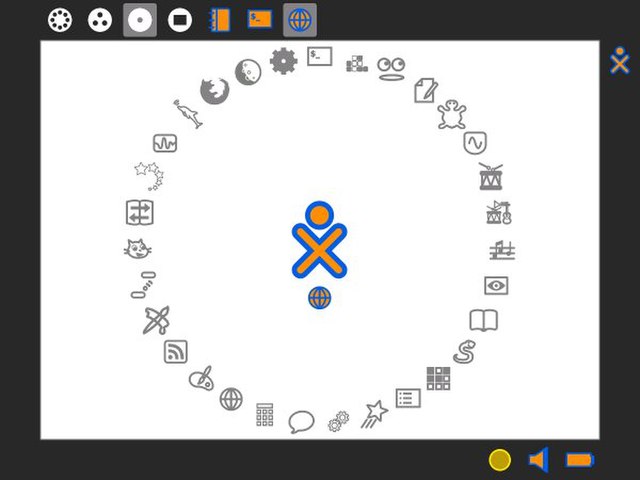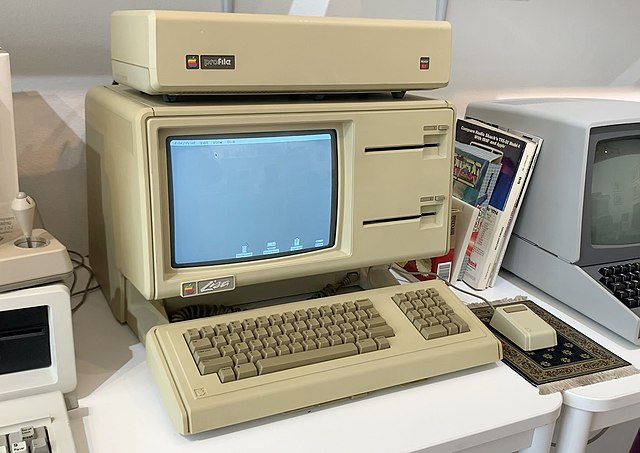A graphical user interface, or GUI, is a form of user interface that allows users to interact with electronic devices through graphical icons and visual indicators such as secondary notation. In many applications, GUIs are used instead of text-based UIs, which are based on typed command labels or text navigation. GUIs were introduced in reaction to the perceived steep learning curve of command-line interfaces (CLIs), which require commands to be typed on a computer keyboard.
Sugar
An Apple Lisa (1983) demonstrating the Lisa Office System (LisaOS), which featured Apple Computer's first commercially available GUI
HP LX System Manager running on a HP 200LX
In the industrial design field of human–computer interaction, a user interface (UI) is the space where interactions between humans and machines occur. The goal of this interaction is to allow effective operation and control of the machine from the human end, while the machine simultaneously feeds back information that aids the operators' decision-making process. Examples of this broad concept of user interfaces include the interactive aspects of computer operating systems, hand tools, heavy machinery operator controls and process controls. The design considerations applicable when creating user interfaces are related to, or involve such disciplines as, ergonomics and psychology.
The Reactable, an example of a tangible user interface
IBM 029
Holes are punched in the card according to a prearranged code transferring the facts from the census questionnaire into statistics.
Teletype Model 33 ASR







